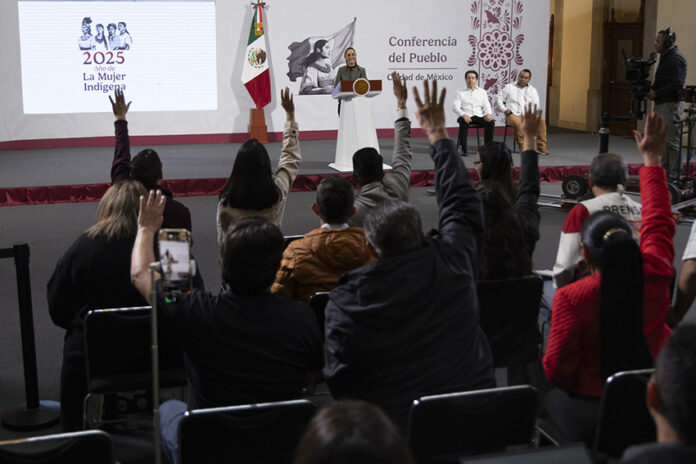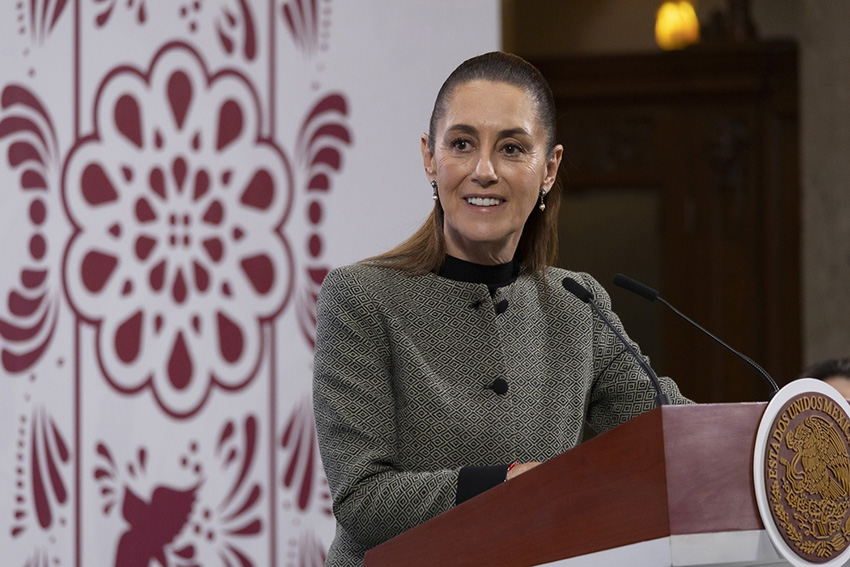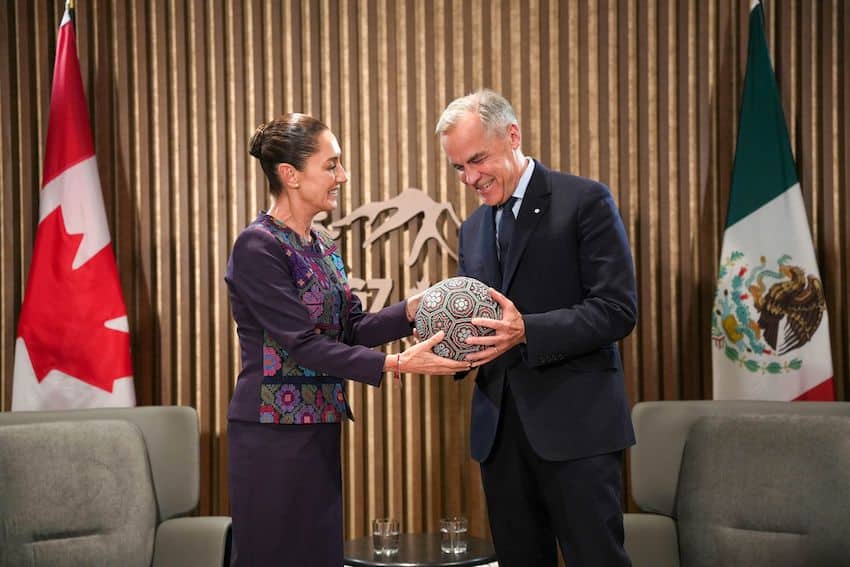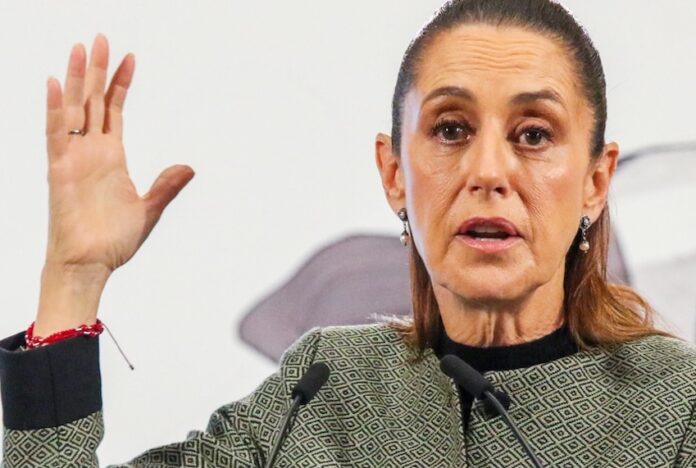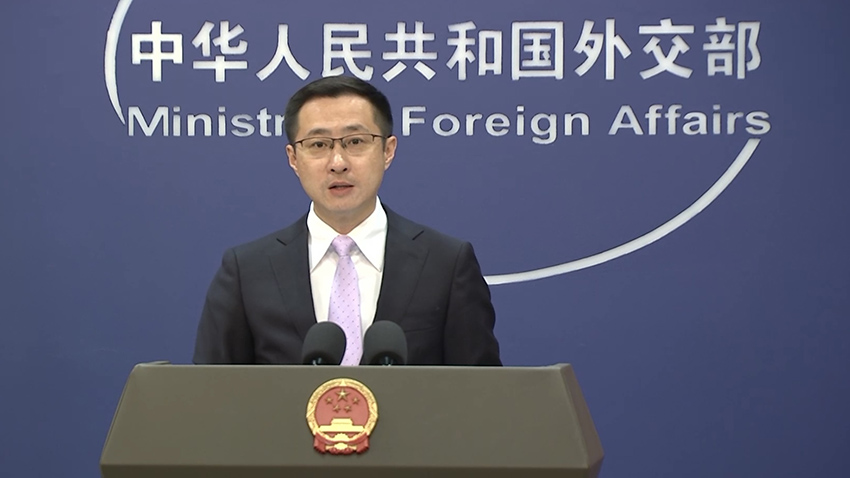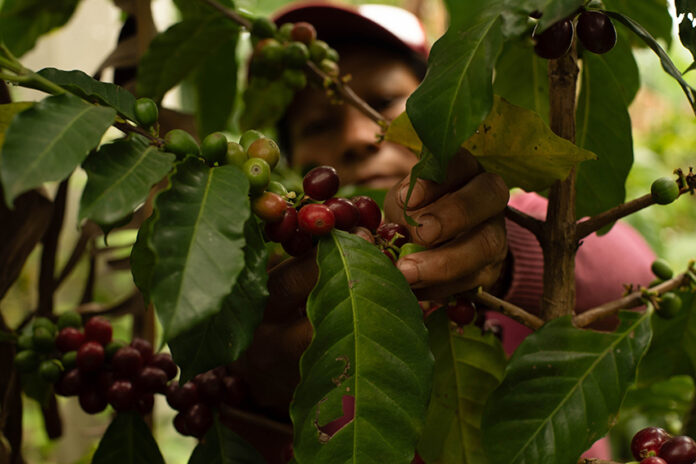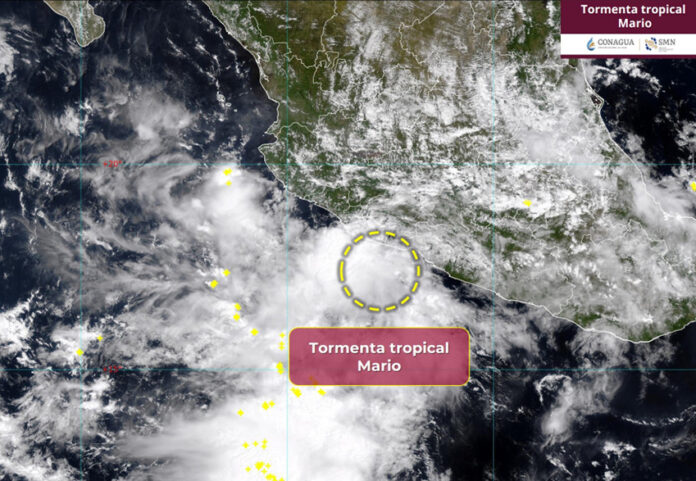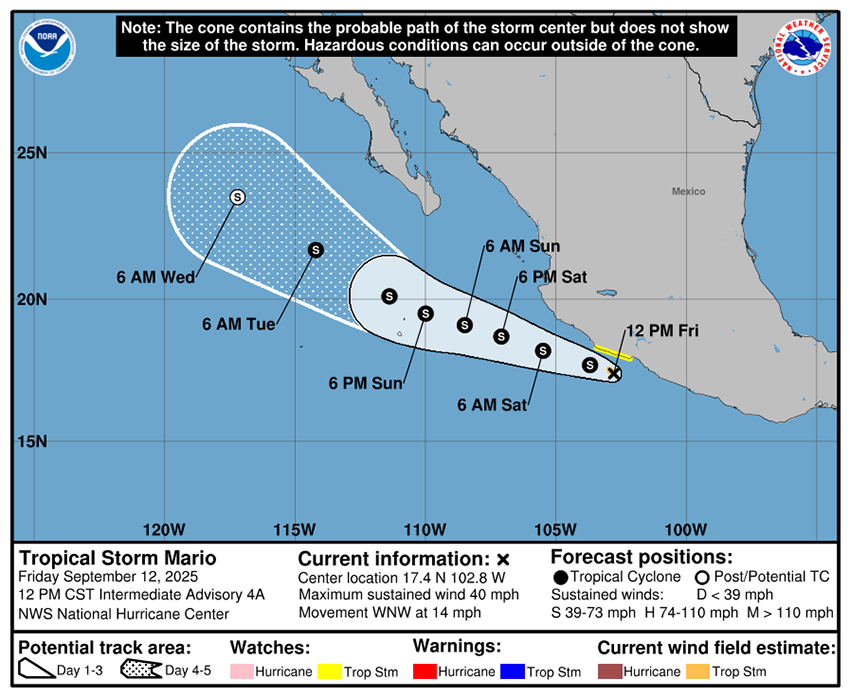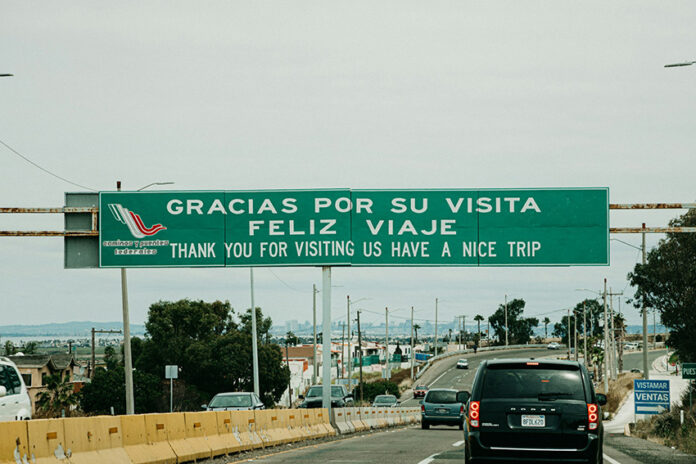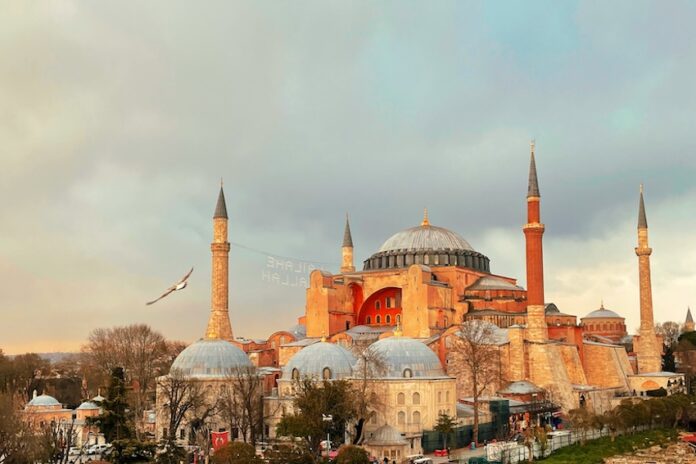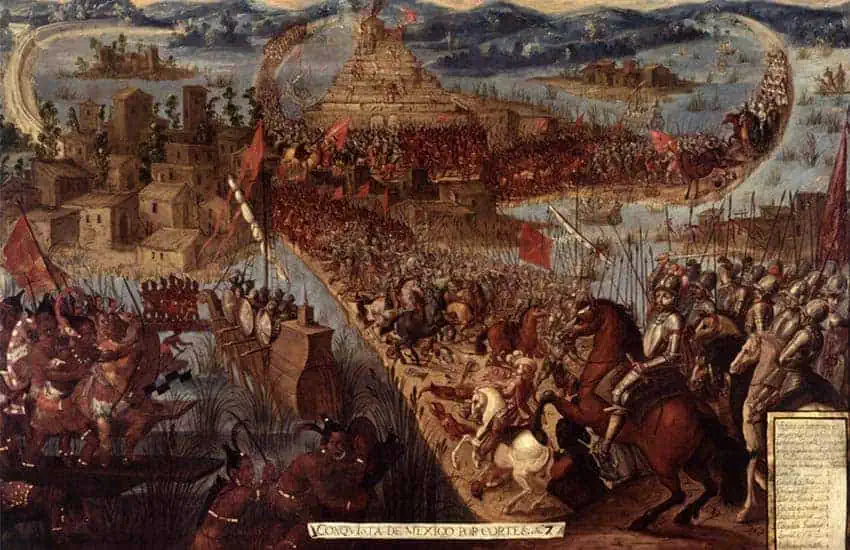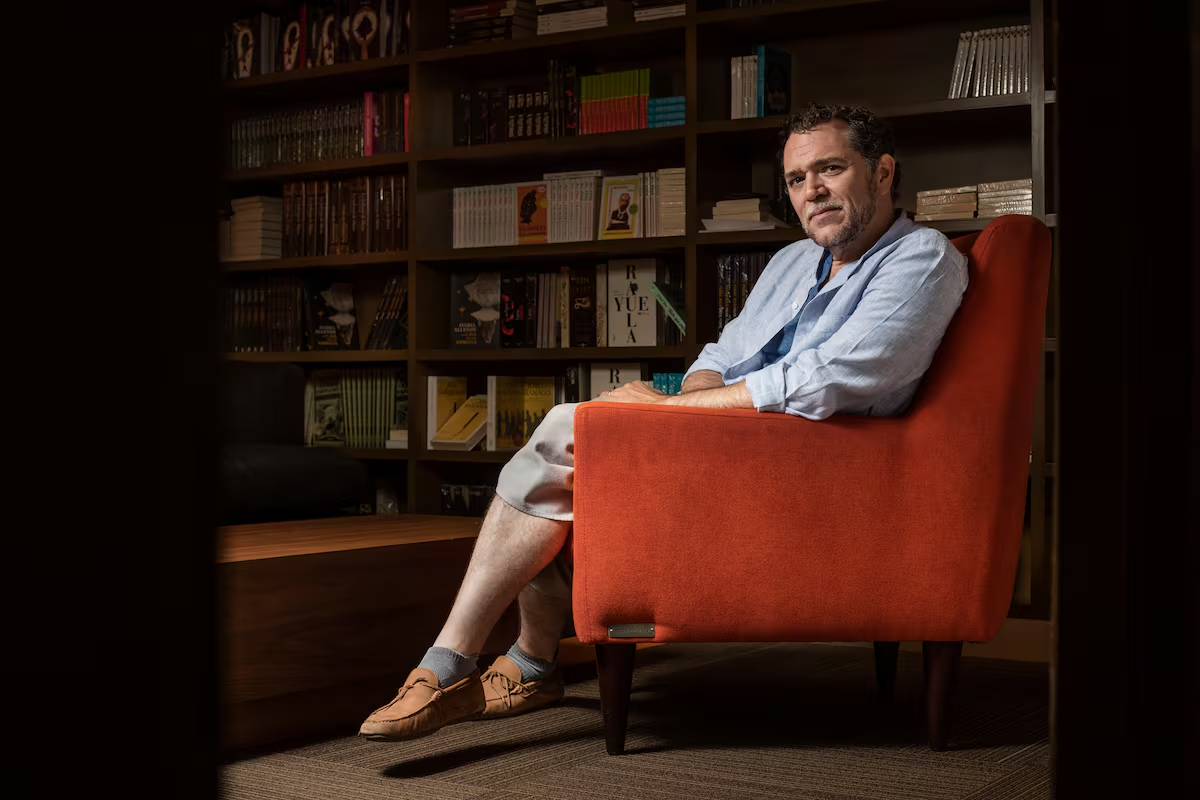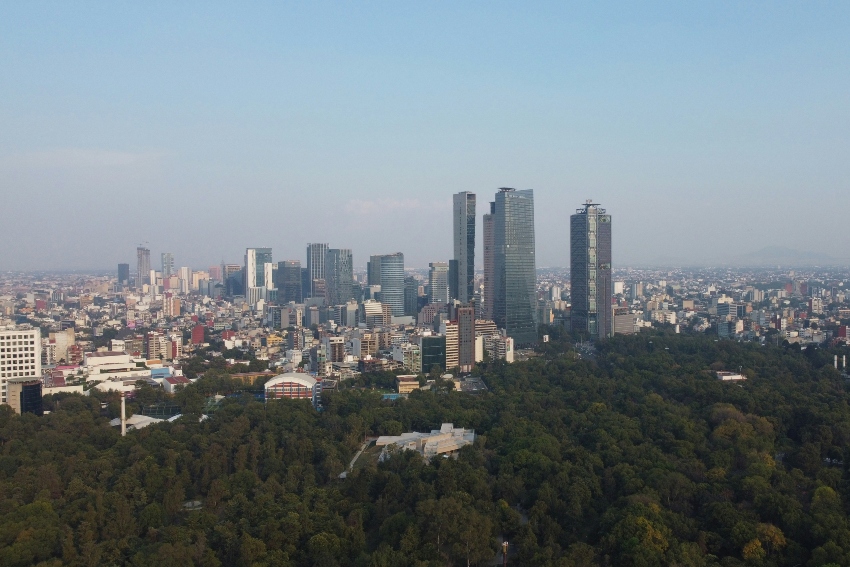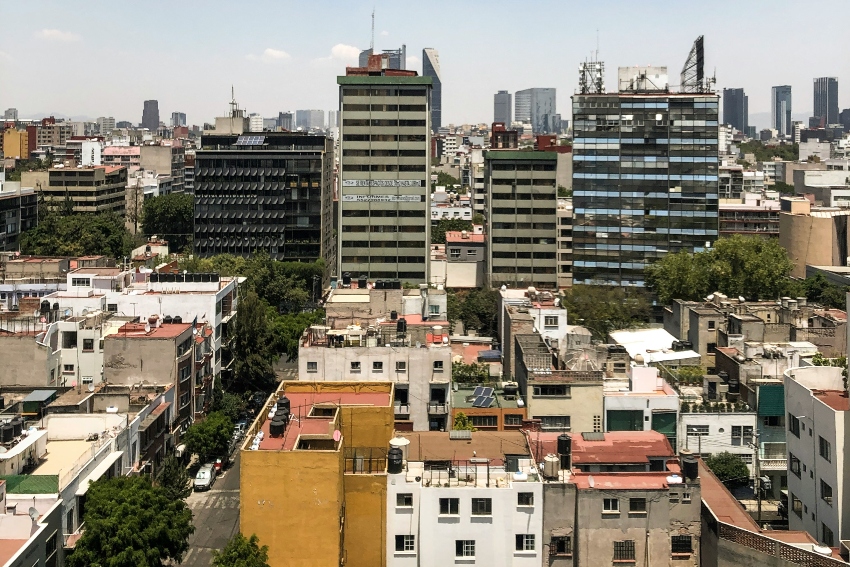Who doesn’t love a movie filmed where they live? Sure, the movie may disrupt traffic or local neighborhoods while it’s being filmed, but when it’s finished, it offers a rare chance to see the place you love through someone else’s eyes besides your own.
Los Cabos has proven particularly popular as a setting, which isn’t surprising when you consider it has been a vacation getaway for Hollywood’s movie industry for over half a century. However, its use as a backdrop for telenovelas (“Cabo,” anyone?) or movies by major Mexican film directors such as Alejandro González Iñárritu is a more recent film phenomenon.
I’m going to skip the television series, even the legendary “Land’s End,” which starred ex-Los Angeles Rams defensive end Fred Dryer as a private investigator working in Los Cabos during the mid-1990s. Terrible, but amazing scenery. Instead, I’ll focus solely on movies, as these seem to have had a more lasting impact, both on locals who remember what it was like to welcome a visiting film crew, and for visitors, who may have had their own perception of Los Cabos altered by seeing it on the big screen.
Foxtrot (1976)
The first movie ever filmed in Los Cabos is still a good watch. It stars Peter O’Toole and Charlotte Rampling as European aristocrats who decide to flee from the reality of World War II by hiding out on a remote island (“800 miles from anything”), only to discover that they can’t escape the violence. Cabo San Lucas stood in as the “remote island.”
This movie is famous locally for helping to keep Solmar afloat financially in the mid-1970s, when what is now Los Cabos’ only homegrown hotel chain still had only one property: Hotel Solmar. Don Luis Bulnes, its iconic founder, who has a statue on the Cabo San Lucas marina, made the connections, to the everlasting benefit of his business and the area at large.
The movie also turned out well for Arturo Ripstein, the famed Mexican independent film director. “Foxtrot” garnered two Ariel Awards (Mexico’s version of the Oscar) in 1977, for Best Cinematography and Best Set Design. The “sets” were simply gorgeous beachfront, I would guess Playa El Médano near where the RIU hotels are today, with spectacular views of Land’s End.
Troy (2004)
The most famous battle ever fought was in Cabo? Actually, it was in Turkey, according to Homer’s “Iliad” and archaeologist Heinrich Schliemann’s landmark 19th-century discoveries, that Greek armies invaded for the historic siege of Troy 3200 years ago.
However, because of political fallout from the more modern Iraq War, the battle scenes for the 2004 epic “Troy” starring Brad Pitt as Achilles, Diane Kruger as Helen, Eric Bana as Hector, and Orlando Bloom as Paris were filmed on the stunning Pacific Coast beachfront of Cabo San Lucas instead of in Morocco, as originally planned.
Filming in Cabo also had its challenges, as Hurricane Marty in 2003 wiped out many sets. The beach is in what is now Quivira, and is recognizable thanks to CGI temples built around El Faro Viejo, the old lighthouse, and the oldest structure in the area. Rewatching the film recently, I thought I also picked out the location of the memorable par-3 13th hole at Jack Nicklaus’ Quivira Golf Club.
The Heartbreak Kid (2007)
The two films previously described used Los Cabos settings to portray somewhere else, something that would also happen in “You Don’t Mess with the Zohan” (stay tuned for coming attractions). So what makes “The Heartbreak Kid,” The Farrelly brothers’ romantic comedy starring Ben Stiller and Michelle Monaghan, so enjoyable is that Cabo is actually portrayed as Cabo. You can even catch a brief glimpse of El Squid Roe in a brief Cabo San Lucas establishing shot.
Most of the local scenes, however, were filmed at Esperanza, the luxurious Auberge Resorts Collection property, which is one of the best hotels in Los Cabos, set in the coastal corridor that connects Cabo San Lucas with San José del Cabo. “The Heartbreak Kid” was released in 2007, the same year as the Kim Kardashian sex tape, also filmed at Esperanza, and I would guess far more people have seen the latter.
You Don’t Mess with the Zohan (2008)
Yes, “The Heartbreak Kid” has some shots of Médano Beach, but for Médano at its most iconic, see Adam Sandler working the grill at the famed beach with its Land’s End backdrop, flipping fish for an appreciative audience. Of course, as mentioned, the beach is a stand-in for one in Tel Aviv, since “You Don’t Mess with the Zohan” showcases the actor as an Israeli special operative who wants instead to become a hair stylist (an aspiration eventually realized in New York City).
Also featured is picturesque Playa Balandra in La Paz, where some scenes of a showdown between Sandler and his nemesis, played by John Turturro, were filmed.
Blue Miracle (2021)
This is the only movie that actually focuses its narrative on the lives of locals: specifically, residents of the orphanage Casa Hogar. It’s based on a true story, since after the devastating Category-4 Hurricane Odile in 2014, Bisbee’s Black and Blue, the world’s richest fishing tournament, had an anonymous donor who covered entry fees for local captains.
Yes, the captain, portrayed by Dennis Quaid, is a fictional character, just like his scruffy fishing boat, the likes of which has never graced the Cabo San Lucas Marina. The real captain, Ernie Cossio, is Mexican and a legit Cabo local who you can actually go fishing with yourself, if you’re so inclined. What’s undeniably real is that Omar Venegas, the founder of Casa Hogar, reeled in a 385-pound blue marlin to win the tournament and over a quarter of a million dollars, thus saving his orphanage from foreclosure.
Stories like this are so good and so heartwarming that you wonder why Hollywood felt the need to change so many details. Still, the footage of Los Cabos used in this movie is amazing.
Bardo: Falsa Crónica de unas Cuantas Verdades (2022)
I was in this movie, holding down the bar at the Viceroy Los Cabos as a white linen jacket-wearing extra, and even got a bit of direction from the master himself, Alejandro González Iñárritu.
The movie beautifully showcases both the Viceroy and Playa Balandra in La Paz. IMDB describes the plot: “An acclaimed documentarian embarks on an introspective journey through surreal dreamscapes to reconcile with his past, present, and Mexican identity.” I could not describe it better myself, as this is a very trippy movie.
A personal project, with actor Daniel Giménez Cacho playing a thinly-veiled version of the film’s real-life director, “Bardo” is less narratively-driven than any movie on this list. It’s certainly worth watching, however, as indeed they all are, if only because Los Cabos plays such an important part.
Chris Sands is the Cabo San Lucas local expert for the USA Today travel website 10 Best, writer of Fodor’s Los Cabos travel guidebook and a contributor to numerous websites and publications, including Tasting Table, Marriott Bonvoy Traveler, Forbes Travel Guide, Porthole Cruise, Cabo Living and Mexico News Daily. His specialty is travel-related content and lifestyle features focused on food, wine and golf.



